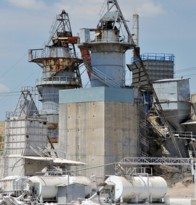Mesothelioma: The Deadly Legacy of Cement Plants
A new study out of Italy demonstrates the deadly legacy of asbestos cement plants around the world. Researchers found a higher incidence of malignant pleural mesothelioma not only not only among former plant workers, but also in people who just lived near the plants, including many women. The study involved more than 15 thousand Italians diagnosed with mesothelioma between 1993 and 2008. Because mesothelioma is directly related to asbestos exposure, the researchers analyzed the lives of these patients including where they lived, the industries in which they worked, and their family histories to see how they may have come in contact with the toxin. When all of these mesothelioma cases were plotted on a map of Italy, it became clear that some…









